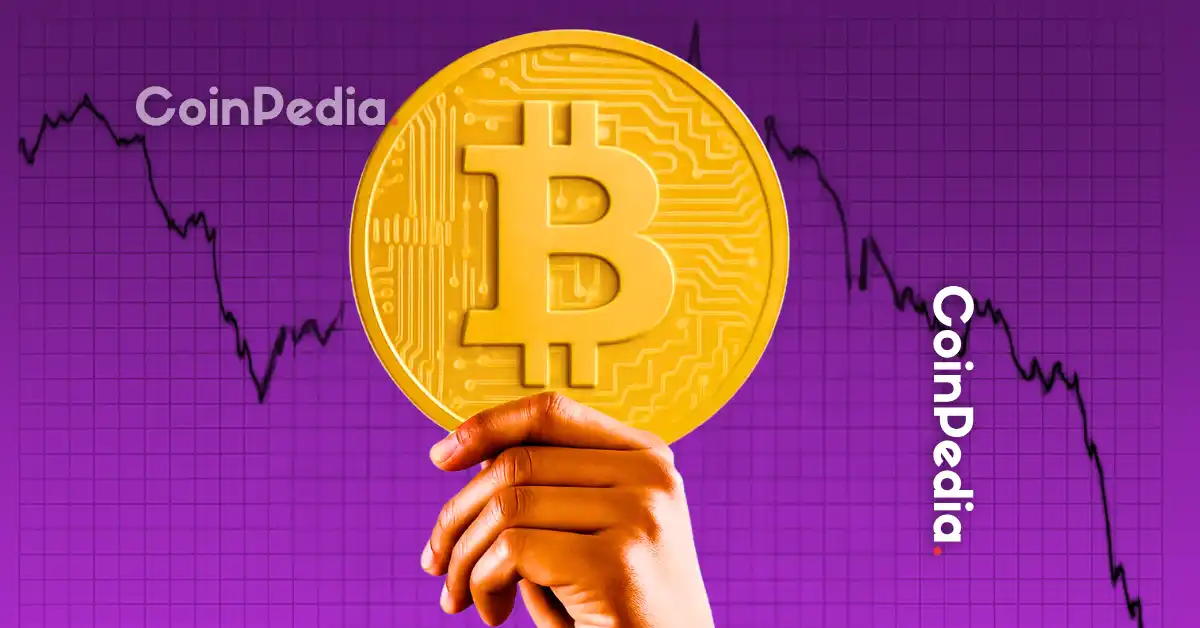The Bitcoin Rally: A Multifaceted Analysis of the Current Surge
Introduction: Decoding the Layers of Bitcoin’s Resurgence
Bitcoin’s latest price surge has captured global attention, but the narrative behind this rally is far more nuanced than meets the eye. While headlines often simplify the phenomenon as another speculative bubble, the reality involves a complex interplay of macroeconomic factors, institutional adoption, and technological evolution. To truly understand this rally, we must peel back the layers of conventional wisdom and examine the unique dynamics at play.
The Evolution of Bitcoin’s Market Cycles
Bitcoin’s price movements have historically followed a four-year cycle tied to its halving events, where the block reward for miners is cut in half, reducing supply. This pattern has typically led to significant price appreciation in the years following a halving. However, the current rally appears to be diverging from this traditional cycle in meaningful ways.
Market analysts note that while halving events remain relevant, institutional participation and macroeconomic conditions are now exerting greater influence. The summer months, traditionally a period of altcoin dominance, have seen less pronounced rotation this year, suggesting that Bitcoin’s strength may be more sustainable. This shift indicates that the market is maturing beyond its speculative roots, with long-term holders and institutional investors playing a more dominant role.
Macroeconomic Forces Shaping the Rally
The global economic landscape is providing fertile ground for Bitcoin’s growth. Concerns about inflation, geopolitical instability, and shifting fiscal policies are driving investors toward alternative assets. Unlike past rallies fueled by retail FOMO, the current surge is rooted in broader economic uncertainty.
Experts point to the U.S. fiscal policy shifts and the potential for wartime inflation as key drivers. As traditional financial systems face volatility, Bitcoin is increasingly viewed as a hedge against instability. This macroeconomic tailwind is not just temporary speculation but a fundamental re-evaluation of Bitcoin’s role in diversified portfolios.
Institutional Adoption: A Paradigm Shift
The most transformative change in Bitcoin’s ecosystem is the growing involvement of institutional investors. Firms like BlackRock and Fidelity are not merely experimenting with crypto; they are making strategic, long-term investments. This “quiet, calculated money” represents a seismic shift in market dynamics.
Institutional participation brings several benefits, including increased liquidity, reduced volatility, and enhanced market legitimacy. Unlike retail-driven rallies, which are often prone to sudden corrections, institutional capital tends to be more stable and strategic. This shift suggests that Bitcoin is transitioning from a speculative asset to a mainstream financial instrument.
The ETF Effect: A Catalyst with Nuances
The launch of Bitcoin ETFs has been a watershed moment, democratizing access to Bitcoin for mainstream investors. These financial products have correlated with significant price movements, but the underlying mechanics are more complex than they appear.
While ETFs have driven demand, the market has also seen retail investors selling Bitcoin to purchase shares of MicroStrategy, indirectly supporting the rally. This behavior highlights the interconnected nature of the crypto market and the evolving strategies of different investor classes. The ETF effect is not a standalone driver but part of a broader ecosystem of factors.
Scarcity: The Fundamental Value Proposition
At its core, Bitcoin’s value is underpinned by scarcity. With a fixed supply cap of 21 million coins, Bitcoin’s deflationary nature becomes more pronounced as demand increases. This scarcity is a powerful driver of long-term appreciation, especially as institutional investors recognize its potential as a store of value.
The interplay between limited supply and growing demand creates a robust foundation for sustained price growth. Unlike fiat currencies, which can be printed indefinitely, Bitcoin’s scarcity makes it an attractive alternative in an inflationary world. This fundamental aspect ensures that Bitcoin’s rally is not merely speculative but rooted in economic principles.
Potential Challenges and Future Outlook
Despite the bullish sentiment, the crypto market remains volatile and unpredictable. Analysts warn of potential corrections, emphasizing that Bitcoin’s price is subject to sudden shifts. However, the long-term outlook remains optimistic, with several experts projecting significant upside potential.
Factors such as continued institutional adoption, macroeconomic uncertainty, and technological advancements could propel Bitcoin to new heights. While short-term volatility is inevitable, the underlying trends suggest a maturing asset class with the potential to reshape global finance.
Conclusion: A New Era for Bitcoin
Bitcoin’s current rally is not a fleeting phenomenon but a reflection of its evolving role in the financial world. The convergence of macroeconomic forces, institutional adoption, and inherent scarcity has created a unique environment for sustained growth. As the market matures, Bitcoin is transitioning from a speculative asset to a legitimate investment class.
The journey ahead is unlikely to be smooth, but the long-term trajectory is promising. Bitcoin’s ability to adapt and thrive in a changing economic landscape underscores its resilience and potential. As the world grapples with financial uncertainty, Bitcoin stands as a beacon of innovation and stability, poised to redefine the future of money.





